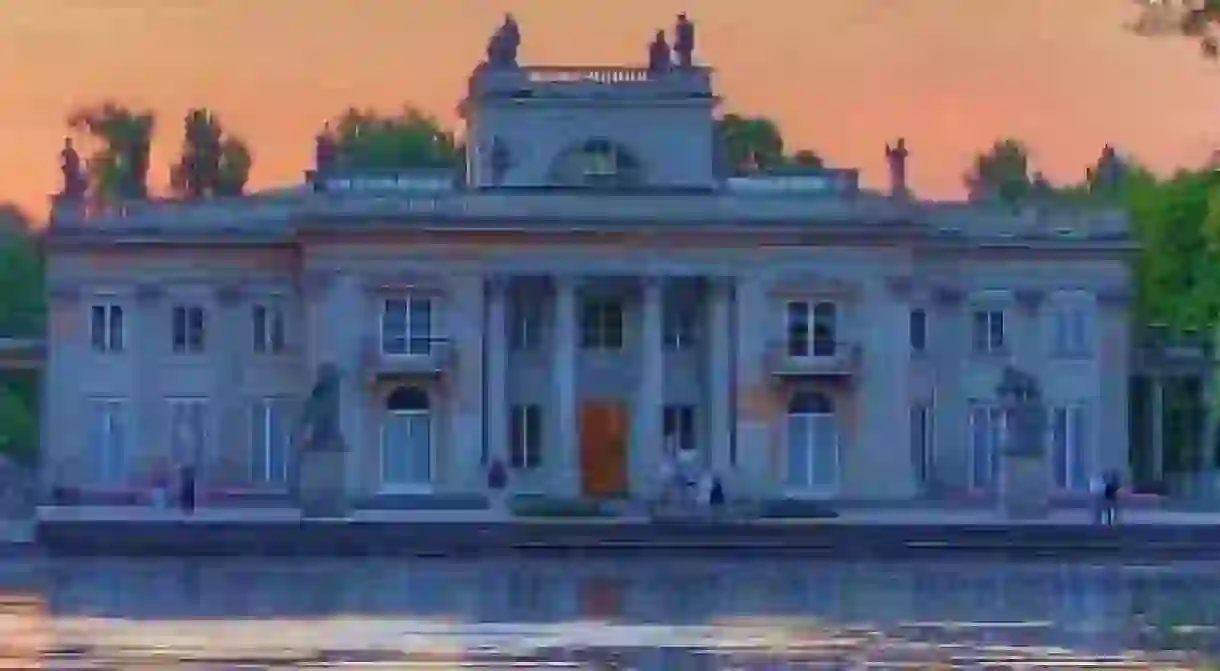Most Beautiful Parks In Warsaw, Poland

Warsaw, Poland’s capital city, encompasses over 20,000 hectares of parks and other green areas. Some of them are uniquely historical, offering an insight into Poland’s monarchical past and its rich Baroque architecture, whilst others are dedicated to creating an opportunity to relax by hiking, bike riding, roller-skating or even skiing. If you want to get to know Warsaw away from the busy urban life and skyscrapers, visit the city’s most interesting parks.

Ogród Saski
Park
The historical Saski Garden, the oldest park in Warsaw, constitutes a part of an outdoors Baroque architectural project initiated by the Polish king August II the Strong. During the whole of 18th century it played an important cultural and social role in the monarchy. The park was further developed in the 19th century by British architect James Savage, and nowadays charms its visitors with its wonderful flower beds and Baroque monuments. The highlights on the Saski Garden are: the Macaroni Fountain, the sun clock, a lake, and various Baroque sculptures as well as protected natural monuments. Flower beds in the Saski Garden | © Joanna/Flickr
Pole Mokotowskie
Park
This park, known to all as Pole Mokotowskie, is actually named the Józef Piłsudski Park after an important figure in Poland’s struggle to become an independent country at the beginning of the last century. At that time, it was used as a small airport and then for horse racing. Located between three central quarters of the city, it attracts a large number of Warsaw’s locals and tourists, offering many attractions such as walking, biking and roller-skating paths, lakes, fountains and tiny islands. You can also find here a curious sculpture of a dog and several sandstone monuments created by famous Polish artists as a plenary project. Pole Mokotowskie | © Agatha Anna/Flickr
Royal Łazienki Park
Botanical Garden, Park

The Royal Łazienki Park is the biggest and most beautiful park in the city, and one that bears the most significance. It was designed in the 17th century in the Baroque style and is home to a number of palaces (such as the Palace on the Water), an amphitheater, and several orangeries. Its landscape is diverse and romantic. If you are visiting Warsaw in the summer, you may want to stop by to participate in the free-entrance Chopin music concert cycle entitled ‘Chopin’s concerts’. Moreover, each Saturday morning the park hosts free yoga and meditation classes.
Park Skaryszewski
Forest, Park, School
This spacious park is located in the south part of Warsaw’s Praga quarter and dates back to 1905. You will find in it a number of worthwhile cultural and social attractions, such as a lake with canoes, horse riding opportunities, and an interesting old forest stand. The local amphitheater hosts various events during the spring and summer periods, and the park’s central monument commemorates a famous Polish classical composer and political activist, Ignacy Jan Paderewski. Park Skaryszewski | © Prof. Pixel/Flickr
Park Szczęśliwicki
Park

This park is located in the Ochota quarter of Warsaw, nearby the very city center. It was created in the middle of the 20th century. Park Szczęśliwicki is dominated by a number of bike paths, playgrounds and ponds. Another unusual attraction is the ski slope, open all year long, and a place to play beach ball near the pond.













